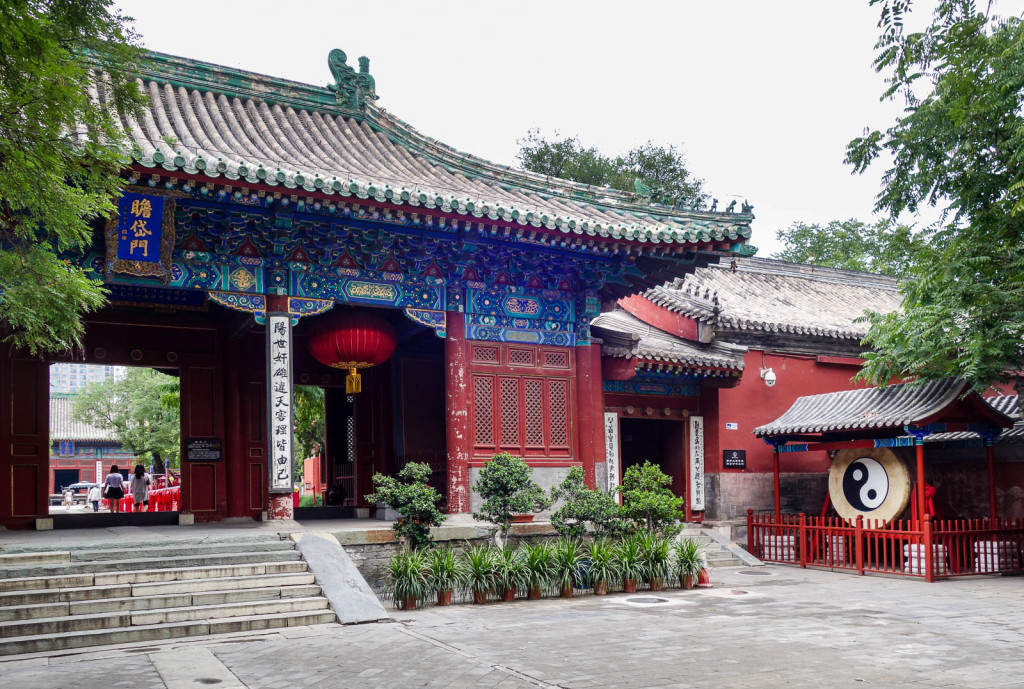China is a fascinating country, and I’d say also a mostly untapped country in terms of tourism for the average non-Chinese: it’s full of world-class tourist attractions, but most outside the country have never heard of them, let alone visited them. Oh, of course, it’s also a huge country, so it can be visited time and time again, and there’ll always be something still left for you to see and marvel at. Nice.
I’m sure I’ve mentioned before on these here cyber-pages that the Chinese tend to ‘stew in their own juices’. By that I mean their domestic tourism industry doesn’t orientate itself to foreigners much at all. Of course there are the obvious tourist traps here which are widely promoted abroad – like the Great Wall of China and the larger cities – but, ironically, those places don’t really need any promo – the whole world knows full well about them already; it’s the not-so obvious spots that could do with promoting. However, in the meantime, there’s a good upshot to this lopsided tourism situation: for a foreigner, the less obvious spots are all the more exciting to discover – as you’re normally the first person among your friends and colleagues, or maybe the whole city you live in (whole country?:), to have ever visited them. Well, with the exception of Austrian bikers.
I say that tourism isn’t geared towards foreigners. That doesn’t mean to say it isn’t well developed in other ways. I was pleasantly surprised to find out that all of the smaller, lesser-known-to-foreigners places in the country are classified into five categories and described in minute detail, here. The top category (four As, or five As, I didn’t quite work out) is full of must-see places, and I was pleasantly surprised once more to find out that there are more than 50 spots in the top category (AAAAA). That’s a lot of must-sees. Means only one thing: must get back here again and again.
On my recent trip to the Yunnan province I made a start in crossing off some of the places on the AAAAA list as visited. Well, got to start some time, and some where.
One of these was Shilin, aka, the Stone Forest, near Kunming (Shilin means literally ‘stone forest’). And thank you I Heart China. The place was simply awesome…


https://instagram.com/p/8AV2ypuiQk/
Read on: Ancient aqueous rocks pushed to the earth’s surface…




















































